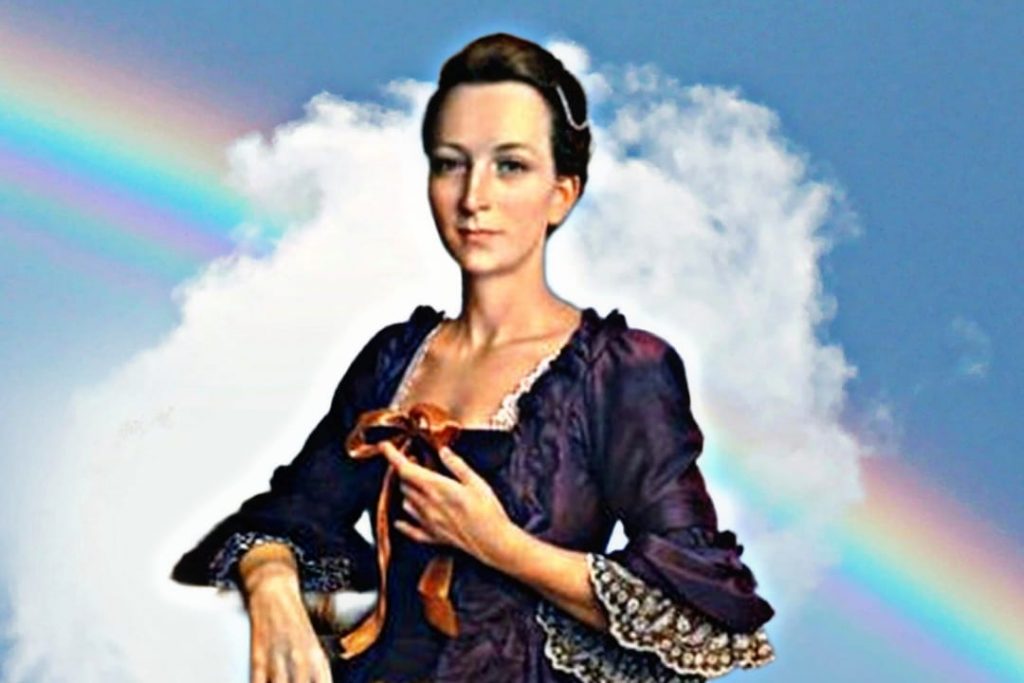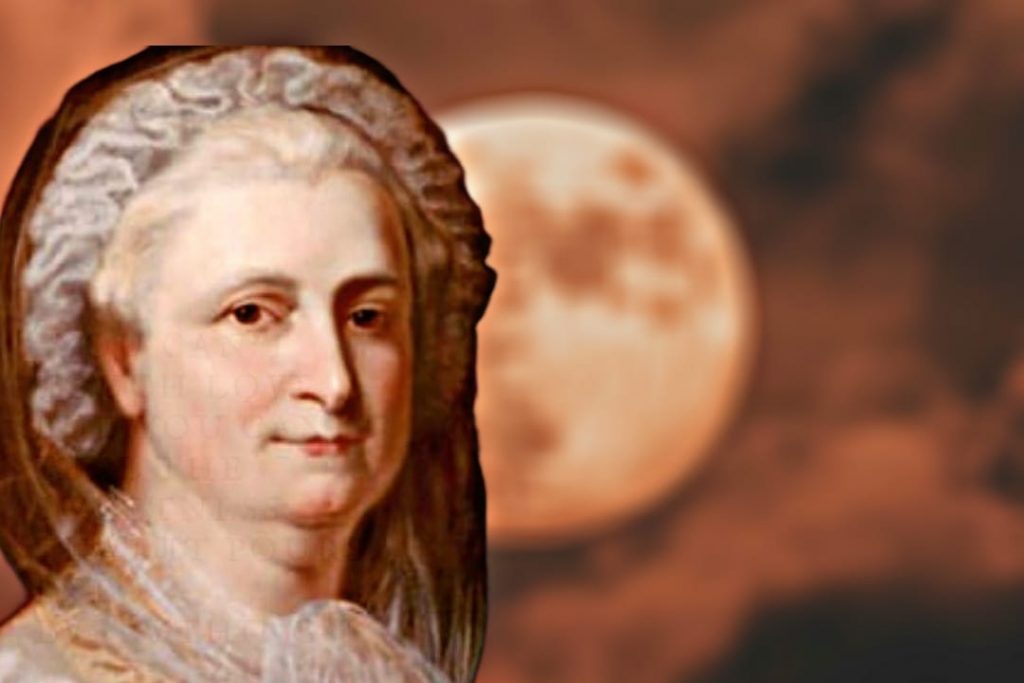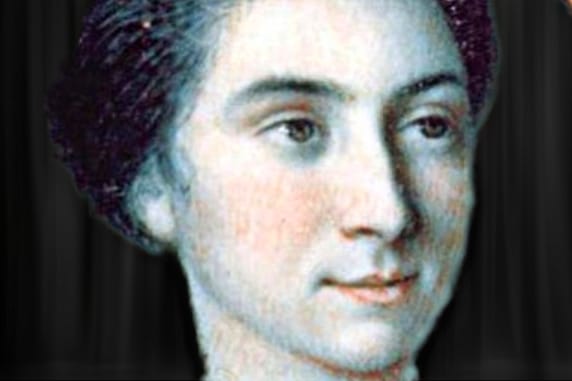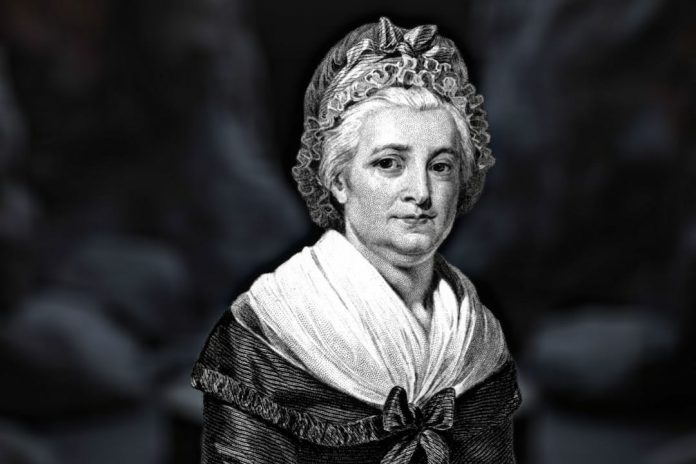Martha Washington, the first First Lady of the United States, is often overshadowed by her husband’s towering legacy as the nation’s first president. However, her contributions to the early days of the republic were pivotal, both as a wife and as a figure in her own right. Through her steadfast support of George Washington, her leadership during the Revolutionary War, and her influential role in the formation of the first presidential household, Martha Washington laid the groundwork for the role of First Lady and left an indelible mark on American history.
This article will explore the life and legacy of Martha Washington, examining her early life, marriage to George Washington, her role during the American Revolution, her time as First Lady, and the lasting impact she had on American society. As we explore Martha’s journey, we will uncover her influence in shaping the early political and social fabric of the United States.
Early Life: A Foundation of Strength and Grace

Martha Dandridge was born on June 2, 1731, in New Kent County, Virginia. She was the daughter of Joseph Ball Dandridge, a prosperous planter, and Frances Jones Ball. Raised in a family with significant wealth and social standing, Martha Washington early life was marked by privilege, yet she also experienced loss at a young age. When she was just 10 years old, her father died, leaving her mother to manage the family estate. This early experience likely shaped her resilience and self-reliance, traits that would serve her well in the years to come.
Martha Washington was well-educated for a woman of her time, receiving instruction in subjects such as reading, writing, and needlework. Her education, though not formal in the sense of attending a school or university, provided her with the necessary tools to manage her future household and the responsibilities that would come with her later life.
In 1749, at the age of 18, Martha married Daniel Parke Custis, a wealthy young planter who was 20 years her senior. Together, they had four children, though only two survived into adulthood: John Parke Custis and Martha Parke Custis. Daniel Custis, however, tragically passed away in 1757, leaving Martha a young widow at the age of 26. Upon his death, she inherited a large estate that included several plantations and hundreds of enslaved people. Her wealth and status made her one of the most eligible women in Virginia, and it was through this inheritance that she would come into contact with George Washington.
Marriage to George Washington: A Partnership That Shaped a Nation
In 1759, two years after Daniel Custis’s death, Martha Washington married George Washington, a former military officer and young gentleman farmer from Virginia. George was a respected figure in colonial Virginia, and his marriage to Martha elevated his status and wealth significantly. The couple’s union was both a personal and political partnership, as George’s military ambitions and Martha’s extensive landholdings created a formidable alliance.
Martha Washington and George Washington had no children together, but George adopted her two surviving children from her first marriage, John Parke Custis and Martha Parke Custis. Despite her busy household and responsibilities, Martha was known for being a loving and attentive mother to both her biological and adopted children.
Martha Washington and George’s relationship was a strong and supportive one. Martha was a calm and steady presence in George’s life, offering him emotional and intellectual support during the many difficult years of his military and political career. She was particularly important to him during his time as Commander-in-Chief of the Continental Army during the American Revolution, and later, as the first President of the United States.
The Revolutionary War: A Role Beyond the Homefront

While George Washington led the Continental Army to victory in the American Revolution, Martha Washington role, though less visible, was crucial to the success of the revolution and the morale of the troops. Martha’s leadership during the war was both symbolic and practical. In the harsh winters at Valley Forge, where George Washington and his army endured severe hardships, Martha played a key role in boosting the morale of the soldiers.
Martha made several visits to the Continental Army camps during the Revolutionary War, where she provided support to the soldiers and helped care for the wounded. She would bring food, clothing, and other necessities to the troops, and her presence was a source of comfort to many. Her efforts to maintain the morale of the army were invaluable, and she was respected by both the officers and the soldiers. Her visits to the camps not only symbolized her devotion to her husband’s mission but also reinforced her own commitment to the cause of American independence.
Martha Washington leadership extended beyond her work with the troops. She managed the Washington estate at Mount Vernon while George was away, overseeing the operations of the plantation and the care of the enslaved people. She was also involved in the management of the family’s finances and land, which required both skill and pragmatism. In her own way, Martha played a significant role in the successful management of Mount Vernon, even though she was largely absent from the formal aspects of political or military life.
The First Lady: Defining the Role of a New Nation
In 1789, when George Washington was elected the first President of the United States, Martha Washington became the inaugural First Lady. The role of the First Lady was still in its infancy, and there was no clear template for what her responsibilities would be. Martha Washington took on this new role with grace and dignity, understanding that her actions would help define the position for future generations.
As First Lady, Martha Washington hosted official events, gatherings, and dinners at the new presidential residences in New York City and Philadelphia. Her social leadership set the tone for the expectations of future First Ladies, as she was responsible for maintaining the proper decorum and civility in the new nation’s capital. Martha Washington’s management of these social events, however, was not just ceremonial. She used her position to solidify support for George’s presidency and to create a sense of unity and tradition in the fledgling republic.
One of the most notable contributions Martha Washington made as First Lady was her dedication to the support of the troops during the early years of the nation. Although George Washington was no longer Commander-in-Chief of the Continental Army, Martha’s commitment to soldiers and their welfare continued. She made it a point to meet with soldiers’ families, provide aid to veterans, and support other charitable initiatives aimed at helping those who had fought for American independence.
Martha Washington was also instrumental in shaping the early presidential household. She established protocols and rules for the White House, providing a sense of order and structure to the presidential office. While she did not take an active role in political affairs, her leadership in maintaining the dignity of the office and her careful cultivation of George Washington’s image were critical to his presidency.
A Symbol of American Virtue
Martha Washington role as First Lady was also emblematic of the virtue and respectability that the early republic valued. She became a symbol of the ideals of domesticity, virtue, and piety that were central to early American culture. Her graciousness, modesty, and devotion to her family and country were qualities that many Americans admired, and they helped to set an example for future First Ladies.
Martha Washington was often celebrated for her selflessness and for the sacrifices she made during her time in public life. Despite the many responsibilities she faced as First Lady, she never sought the spotlight for herself. She was a true reflection of the ideals of the new nation, focusing on service rather than personal glory.
Life After George Washington Presidency

In 1797, when George Martha Washington second term ended, he retired from public life, and Martha Washington stepped back from her role as First Lady. The couple returned to Mount Vernon, where they resumed their private life, though George remained deeply engaged in the affairs of the new republic. Martha, too, continued to manage the household and the estate with great attention to detail.
Martha Washington life in the years after George Washington presidency was marked by a quieter, more reflective period. However, she remained a symbol of the nation’s founding values, and her role as the first First Lady continued to be remembered and honored. In the early 1800s, when George passed away in 1799, Martha was left to mourn the loss of her beloved husband. She continued to live at Mount Vernon until her death in 1802 at the age of 71.
Martha Washington final years were spent in quiet reflection on the life she had shared with George and the immense contributions she had made to the fledgling United States. Her leadership, though often understated, had played a pivotal role in the establishment of the nation, both during the Revolution and in the early years of the presidency.
Martha Washington Legacy
Martha Washington’s legacy is multifaceted and profound. As the first First Lady, she established many of the traditions and expectations that continue to shape the role of First Lady to this day. Her leadership, both as a partner to George Washington and as an independent force in her own right, helped to define the early days of the United States and set a precedent for future generations.
Her commitment to the welfare of the soldiers during the Revolutionary War, her management of Mount Vernon, and her role in establishing the first presidential household all contributed to the nation’s development. More importantly, Martha Washington strength, grace, and dedication to the principles of liberty and justice helped to shape the character of the nation itself.
Though she is often overshadowed by the historical figure of George Washington, Martha Washington’s influence on the American republic cannot be understated. She was a key figure in the formation of the nation’s social, political, and cultural fabric, and her legacy continues to be honored as the foundation of the American presidency and the role of First Lady.
In the end, Martha Washington was not just the wife of a revolutionary leader; she was a leader in her own right, shaping the early history of the United States and leaving a legacy of virtue, service, and dedication to the nation she helped build.

